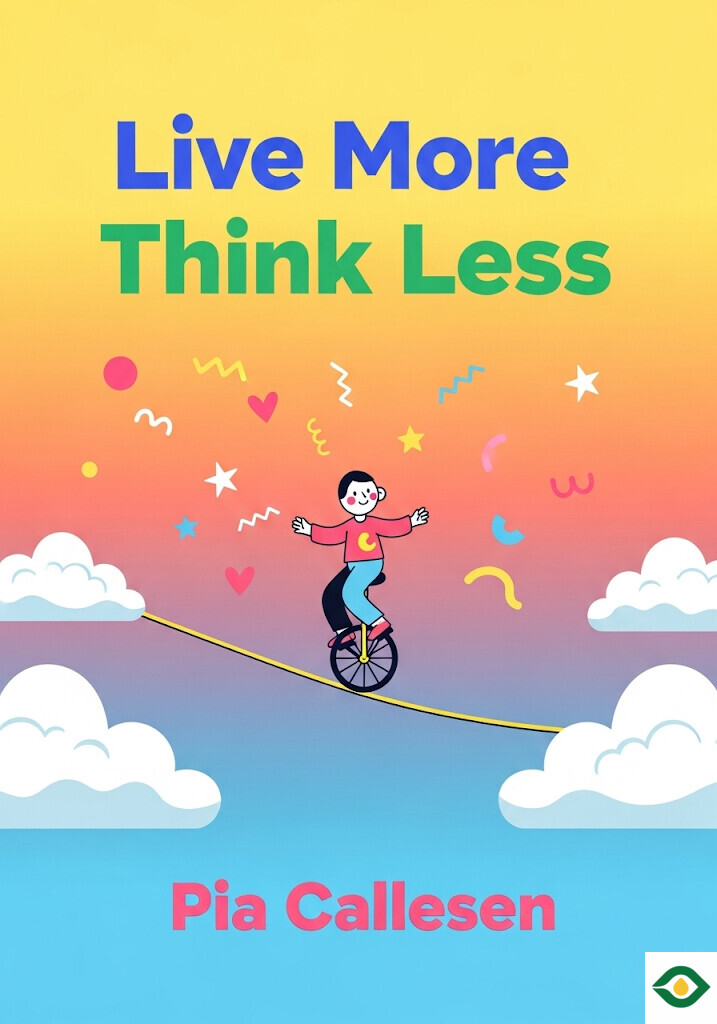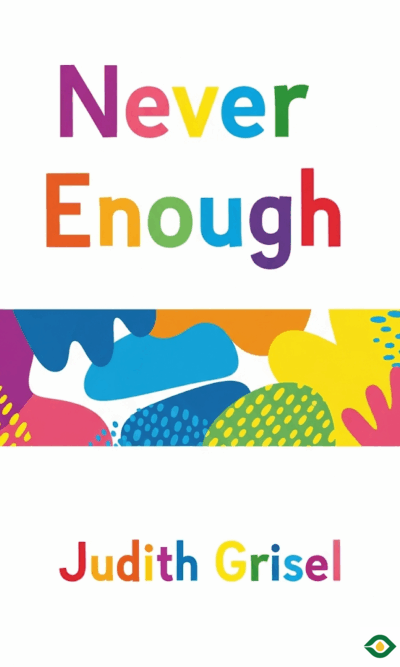Description
Life often feels heavy when our minds keep running in circles. Many people wake up already burdened by yesterday’s worries, and instead of moving forward, they replay the same thoughts endlessly. This habit of constant rumination can create or worsen depression. The book Live More Think Less by Pia Callesen introduces a simple but powerful idea: it’s not your thoughts themselves that trap you, but how you relate to them.
For years, depression was explained as a chemical imbalance. People were told their brains were broken and only medicine could help. But newer research in metacognitive therapy suggests something very different. The real problem lies in how we handle thoughts. Everyone has bad days, painful emotions, and stressful situations, but not everyone develops depression. The difference comes from mental habits.
At the core of this approach is the understanding that we cannot fully control the stream of thoughts our mind generates, but we can decide how much attention to give them. Imagine your mind as a television with hundreds of channels. You don’t choose every show that pops up, but you do choose whether to keep watching. Depression grows when we stay stuck watching painful programs in our heads.
There are four main habits that keep people trapped. The first is rumination—replaying the past again and again. Instead of finding answers, it drains energy and deepens sadness. The second is worry, which is similar but focused on the future. Instead of preparing you for challenges, it fills you with fear about things that might never happen. The third is self-monitoring, the endless checking of how you feel. While being aware of emotions is useful, constantly asking “Am I okay now?” can make negative moods worse. The fourth is unhelpful coping behaviors—like trying to block thoughts, criticizing yourself for having them, or escaping through alcohol and distractions. These methods may feel helpful in the moment, but they usually backfire.
Together, these habits form what therapists call the Cognitive Attentional Syndrome. This is the real driver of depression, not a broken brain. The hopeful part is that because these are habits, they can be changed.
Why do people keep using strategies that don’t work? The answer lies in beliefs about thinking itself. Many believe rumination is useful. They think, “If I just analyze enough, I’ll find the solution.” Others think their thoughts are uncontrollable, as if rumination happens to them and they have no choice. These beliefs make it harder to let go. But once you begin to question them, everything changes.
Metacognitive therapy teaches several practical tools. One is creating a worry period—a set time each day when you’re allowed to think about your problems. Outside of that time, you gently redirect attention to something else. Another is attention training, where you practice shifting focus deliberately. For example, you listen to different sounds—birds, traffic, voices—and switch your attention between them. Over time, this builds your ability to choose what you focus on, instead of being dragged into thoughts.
There’s also the practice of detached mindfulness. This means noticing a thought but not getting caught in it. Think of it like watching clouds drift by or seeing words written on a window while you look through to the world beyond. The thoughts are still there, but they don’t dominate your experience.
These methods work not by erasing negative thoughts, but by changing your relationship with them. You learn that thoughts are just thoughts—not commands, not truths, not reflections of who you are. Depression lifts not because you never feel sad again, but because you stop fueling sadness with endless analysis.
Real stories bring these ideas to life. A musician avoided a downward spiral by choosing not to dwell on criticism. A father regained control by limiting the time he spent thinking about his son’s struggles. A professional stopped replaying a failed meeting once she learned to recognize her trigger thought and shift focus. Each person discovered that freedom came not from solving every problem in their head, but from loosening the grip of overthinking.
The results of this approach are impressive. Studies show that metacognitive therapy often leads to higher recovery rates than traditional methods. People who once felt powerless discover they can step back from their thoughts, regain energy, and re-engage with life.
A powerful lesson from the book is this: you are not your thoughts. Overthinking is not your identity—it’s a habit. Habits can be changed. Even if you’ve believed that constant analysis is part of who you are, you can learn to think less and live more. Creativity, problem-solving, and self-understanding don’t disappear when you limit rumination. In fact, they often improve, because your mind becomes clearer.
Many people find it hard to believe at first. They fear that if they stop analyzing, they’ll miss something important or lose control. But time and practice reveal the opposite: life becomes lighter, and solutions appear more naturally when the mind is not weighed down.
The main message is simple yet life-changing: stop trying to fight your thoughts. Don’t waste energy pushing them away or clinging to them. Acknowledge them, then gently shift attention to what matters in the present. Step by step, you’ll build a new relationship with your mind—one where you’re free to feel, free to act, and free to live.
When you understand that depression isn’t caused by broken biology but by mental habits that can be unlearned, hope returns. You’re not powerless. You don’t have to keep running in circles. You can choose to live more, and think less.





